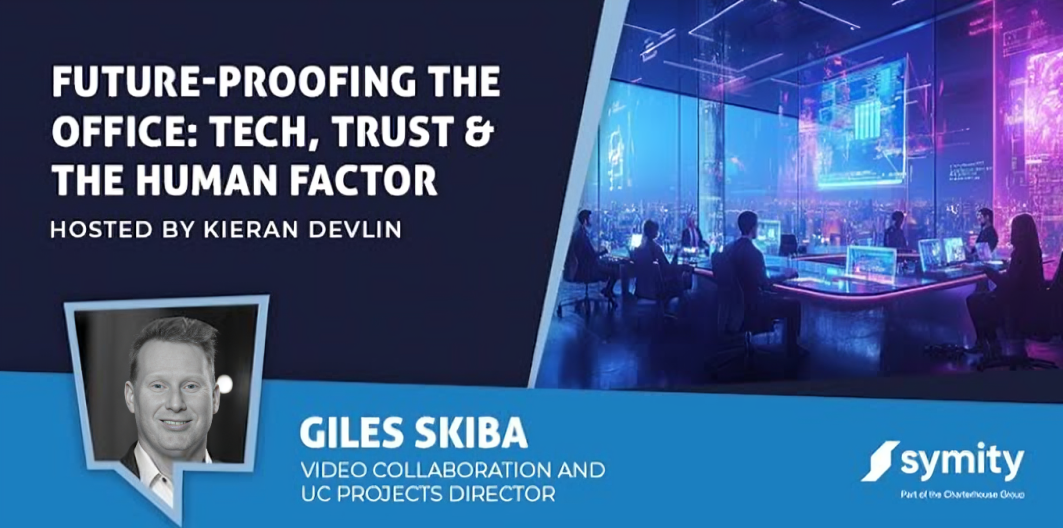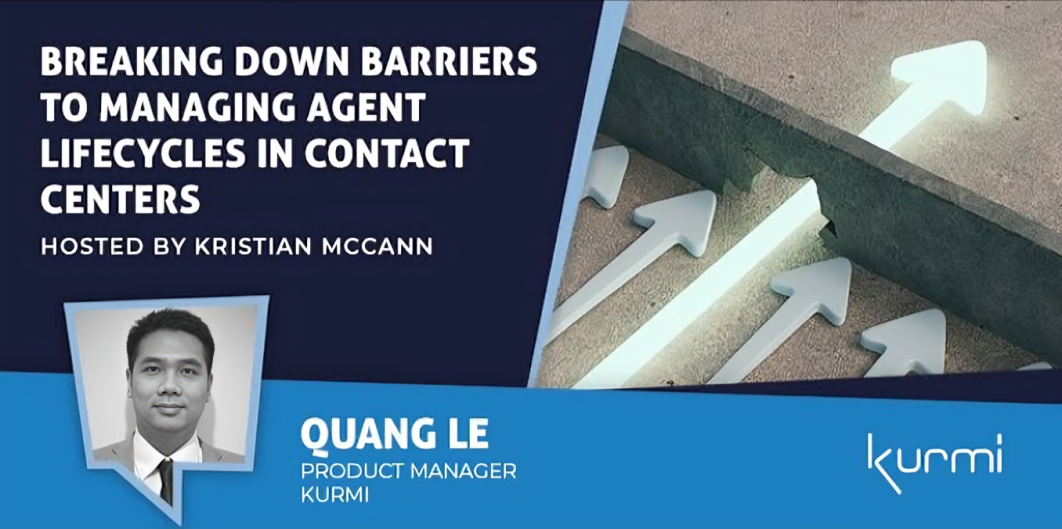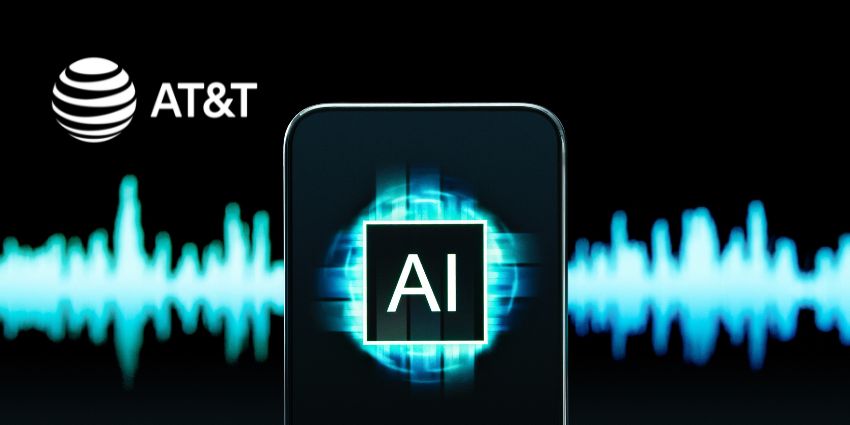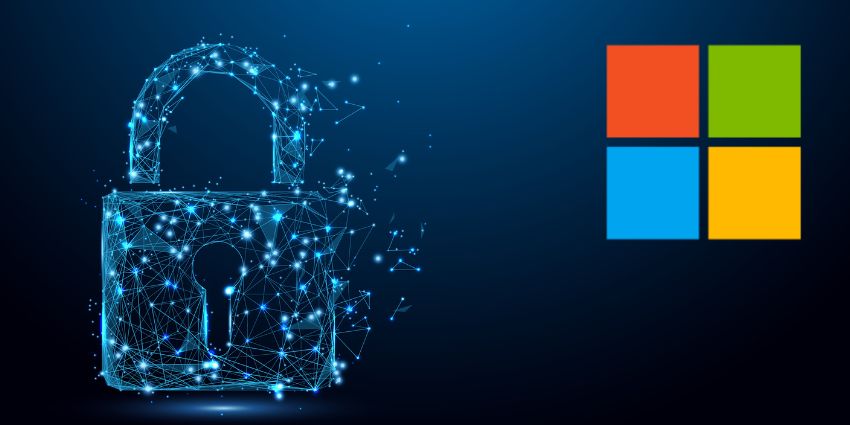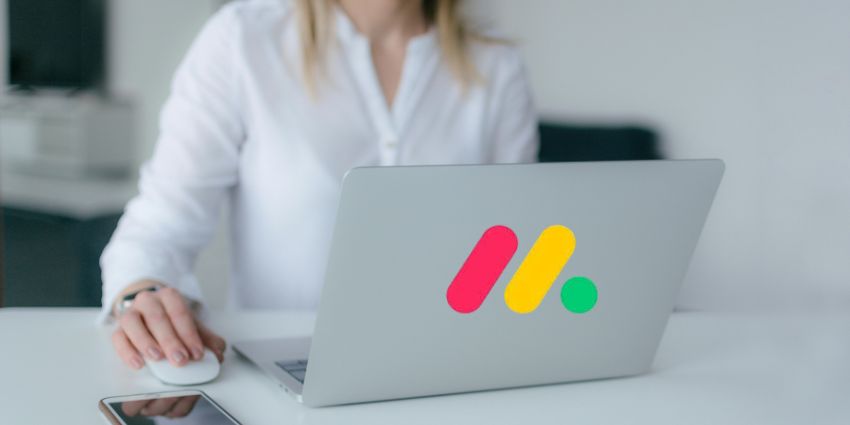Habitat Soundscaping is Plantronics’ acoustic management solution that uses nature-inspired audio and visuals, with intelligent software to convert distracting open offices into places where people can concentrate and collaborate effectively. Inclusive of cloud-based acoustic heat mapping and nature sounds, workplace planners can better manage noises in the office. In 2017, Habitat Soundscaping won the Frost and Sullivan North American Technology Innovation Award for Augmented Reality.
Habitat Soundscaping typically comprises digital windows, distraction sensors, dynamic speakers, digital skylights and even water features to combine with natural sounds to create an immersive audio experience. I met with Richard Kenny, Head of Global Marketing, New Business Models at Plantronics to learn about how Plantronics are combating the unproductive open office problem.
Open plan obsession
As the number of open plan offices continues to grow, employees are left wondering why they are being forced to work in unproductive spaces. Richard told me the story of his first visit to the US office, where it was a sea of cubicles and people didn’t talk to each other. They just got their heads down and worked. Nowadays, people want to break down those barriers and collaborate. I asked Richard if we’ve gone from one extreme to the other. Did we miss the perfect medium? He referenced the smart working mantra of Communicate, Concentrate, Contemplate and Collaborate.
“If we’d have known then what we know now, we’d have designed offices with each of these ways of working in mind”.
Employee costs
Always the elephant in the room, Richard said that in the background, everybody is always looking at costs. The standard amount of space suggested per employee used to be 250 square foot. When looking on Zoopla today, it suggests 95 square foot per employee in a business office environment. With more and more people crammed into one space, this leaves us susceptible to speech distraction.
If you design your office from the ground up, it would be a huge investment. Extensive research shows most people don’t work well in open offices. Richard stressed that this didn’t mean noise in general, but speech distraction.
Biophilia
Biophilia is the idea of bringing natural elements into the office. Richard asked me to close my eyes and picture my happy place. He correctly predicted that, as with 95% of people, I was picturing myself somewhere outside and somewhere near water. It only makes sense to introduce waterfalls, natural sounds and general wellness into the open office.
As well as making you happier, the sound of water is also best suited for masking speech distraction. “Most people expect to perform best in a silent environment but water is 6% better”. When comparing employees before and after the adoption of natural sounds, research showed significant increase in memory, descriptive writing and rare word usage.
“Happiness doesn’t pay the bills”.
Richard used the example of a 500 person company, in which 53% of the employees will be distracted at least once a day. On average, it takes 23 minutes for that distracted employee to refocus. Combined, this totals $1.2m of lost productivity simply from speech distractions. Whilst water or the sound of water isn’t going to pay the bills, the removal of speech distractions will certainly be saving you from losing out.

